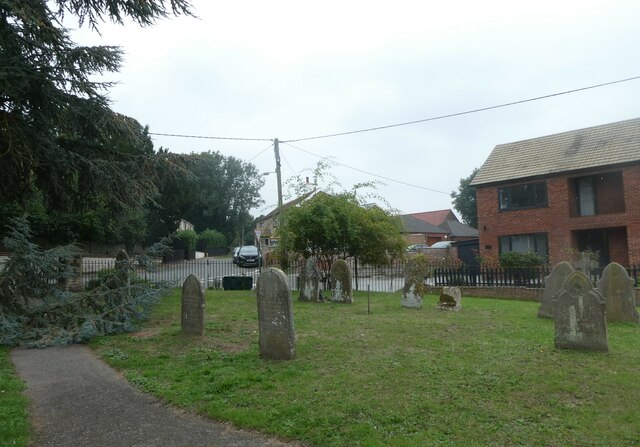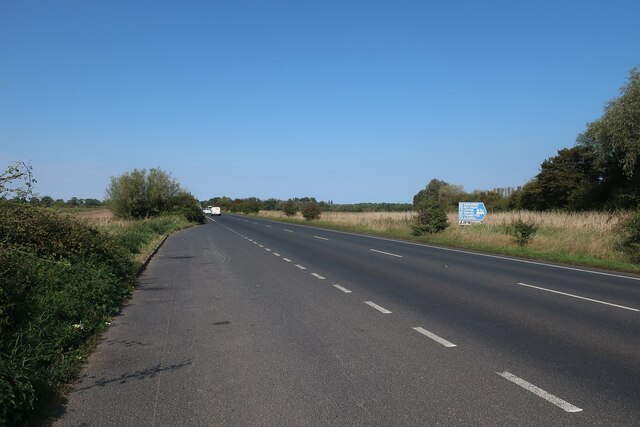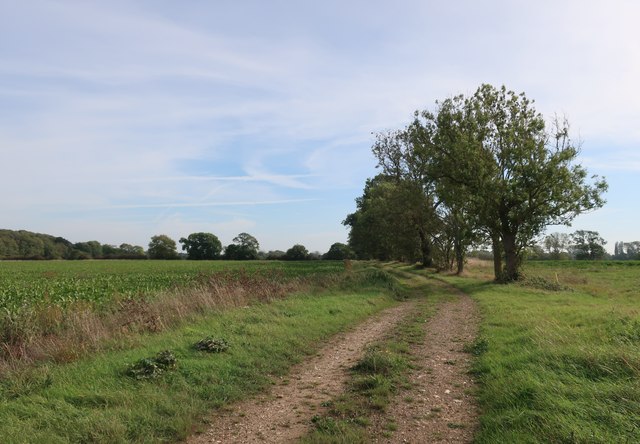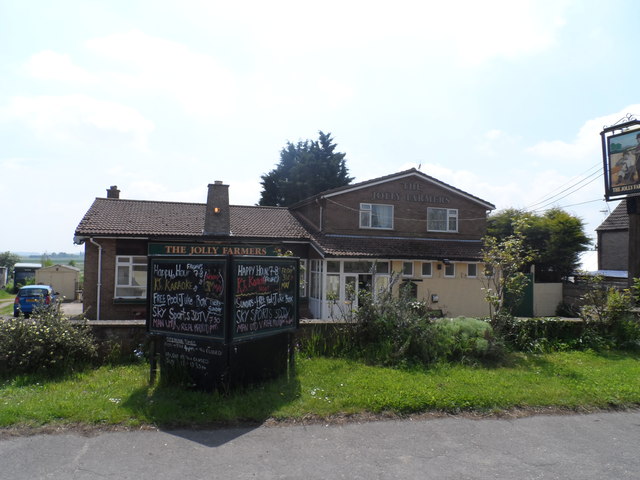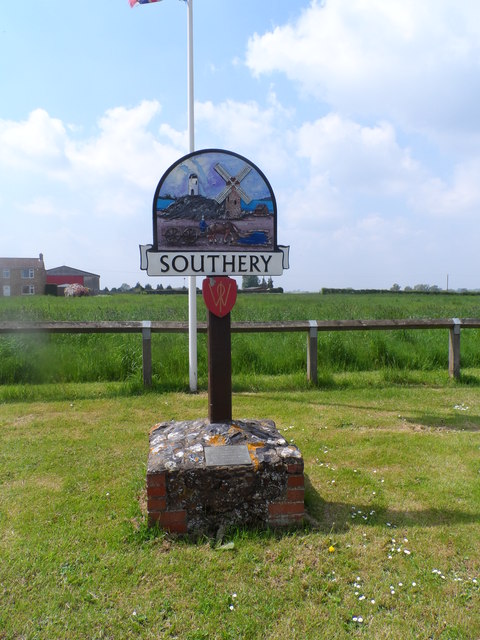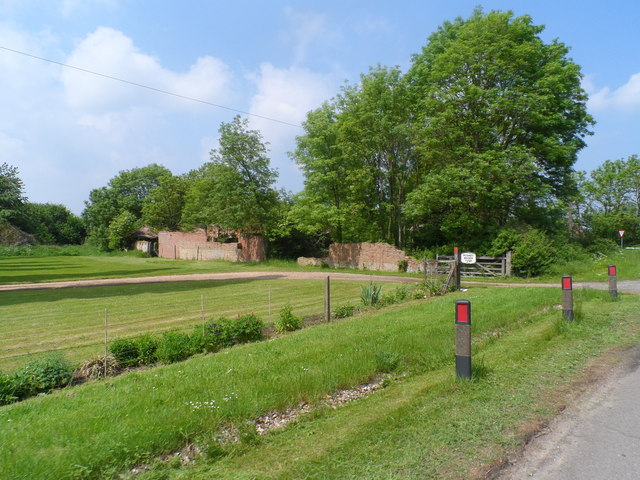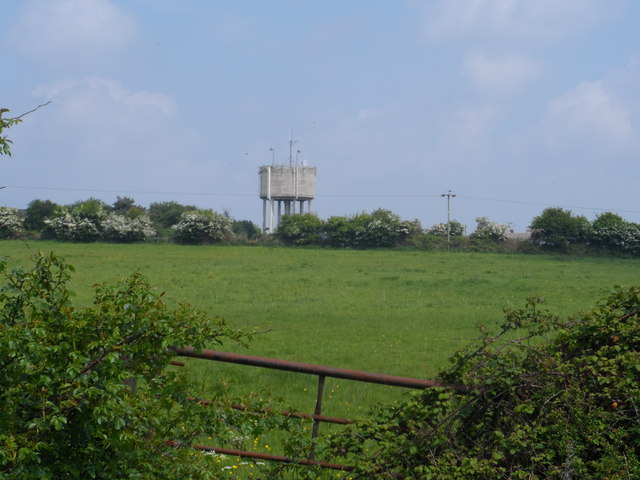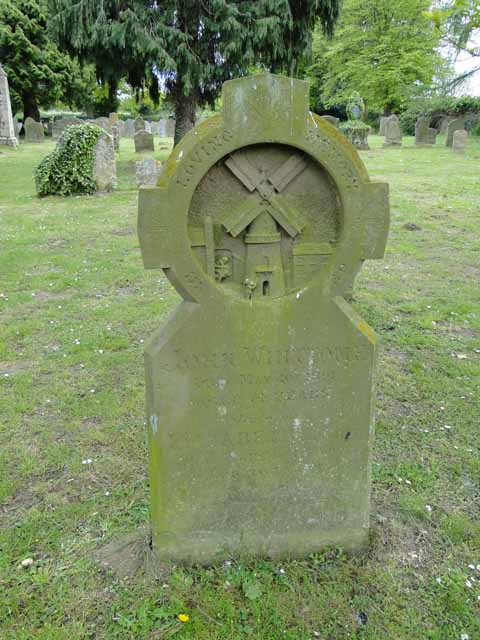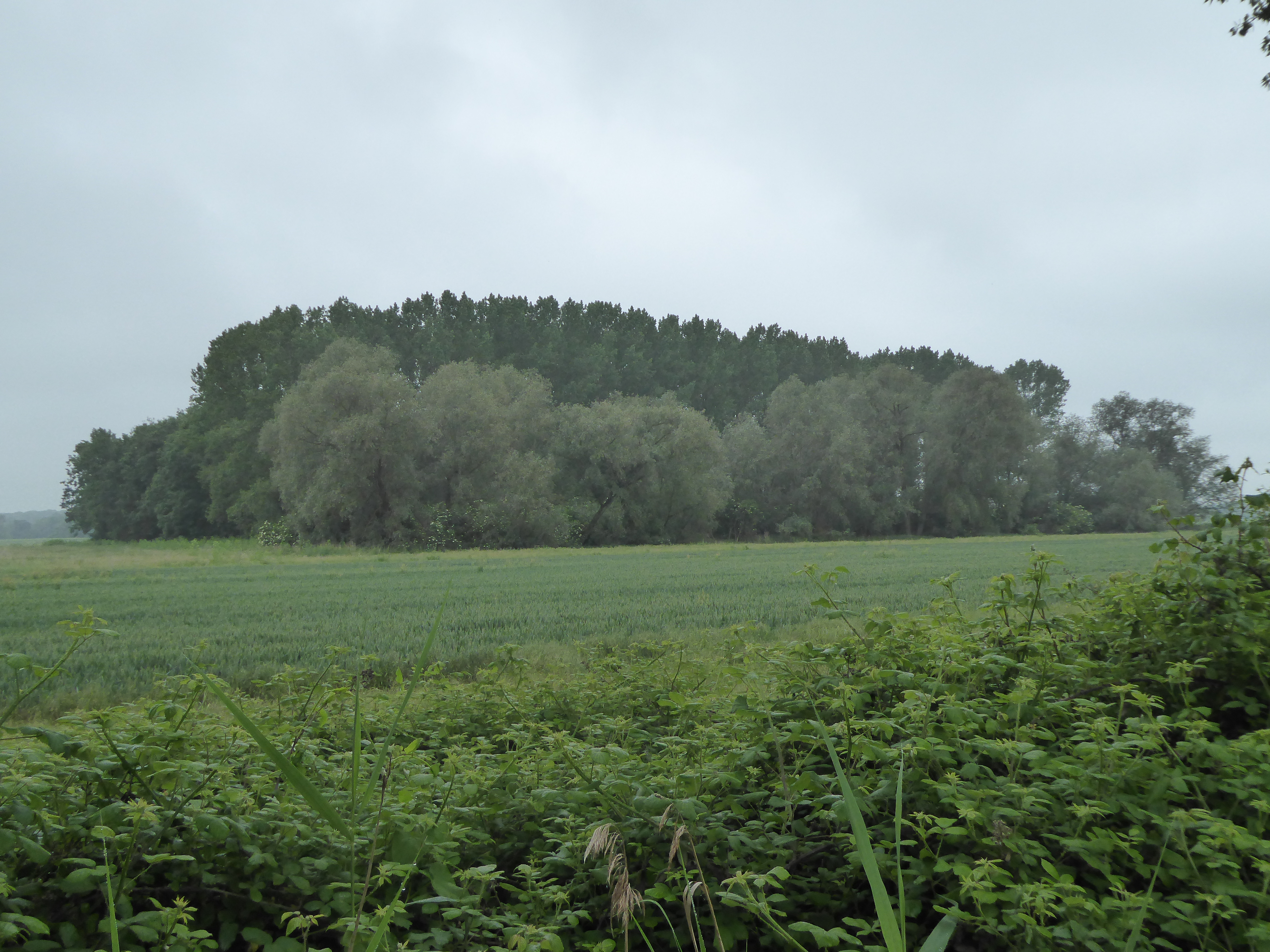Old Roof Wood
Wood, Forest in Norfolk King's Lynn and West Norfolk
England
Old Roof Wood
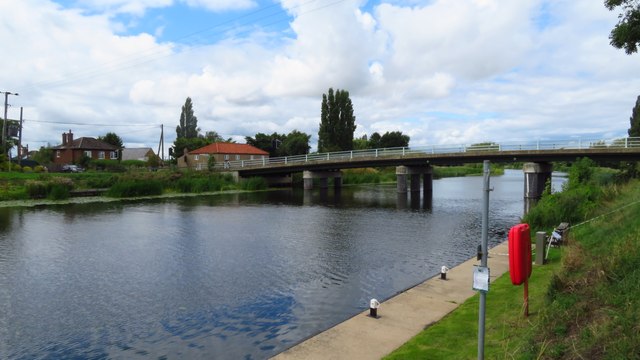
Old Roof Wood is a small, yet significant forest located in Norfolk, England. Spanning approximately 50 acres, this ancient woodland is renowned for its rich biodiversity and historical significance. The forest is situated in the northwestern part of Norfolk, near the village of Wood, and is easily accessible from nearby towns and cities.
The woodland is primarily composed of oak and beech trees, which dominate the landscape and provide a dense canopy, creating a cool and tranquil atmosphere. Old Roof Wood is home to a variety of wildlife, including numerous species of birds, insects, and small mammals. Visitors to the forest can often spot woodpeckers, nightingales, and various species of butterflies.
In addition to its natural beauty, Old Roof Wood holds historical importance. The woodland is believed to have been part of the ancient hunting grounds of the local nobility, dating back centuries. The forest's name, "Old Roof," is thought to originate from the remnants of an old hunting lodge or shelter that once stood within its boundaries.
Today, Old Roof Wood serves as a popular destination for nature enthusiasts, hikers, and birdwatchers. The forest offers a network of well-maintained trails, allowing visitors to explore its diverse flora and fauna. The serene atmosphere and picturesque scenery make it an ideal spot for a peaceful walk or a picnic surrounded by nature.
Overall, Old Roof Wood in Norfolk is a treasured natural and historical site, providing a haven for wildlife and a place of solace for those seeking refuge from the noise and commotion of everyday life.
If you have any feedback on the listing, please let us know in the comments section below.
Old Roof Wood Images
Images are sourced within 2km of 52.543315/0.3884266 or Grid Reference TL6296. Thanks to Geograph Open Source API. All images are credited.

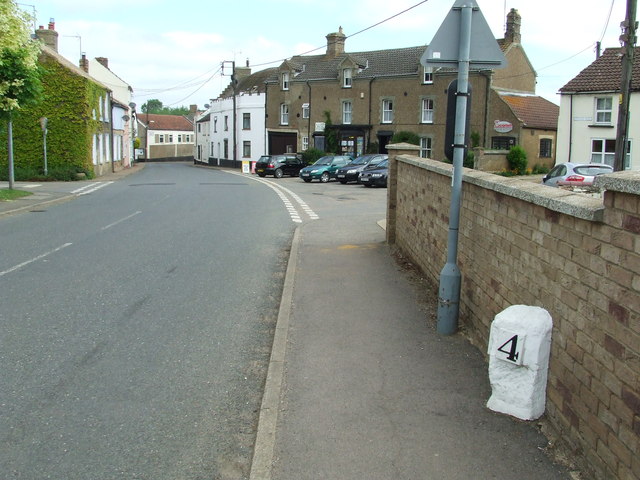
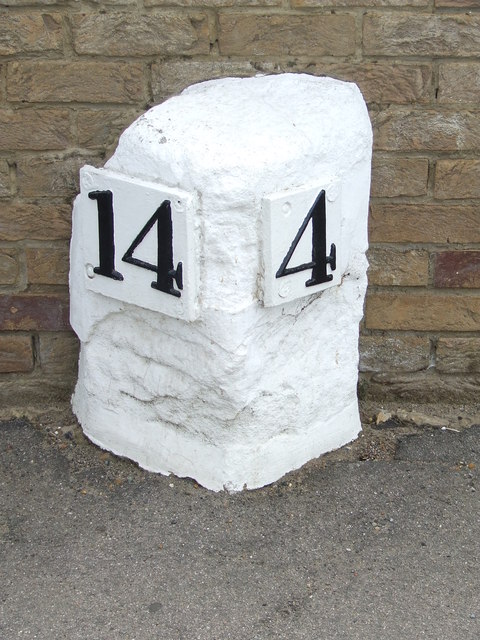
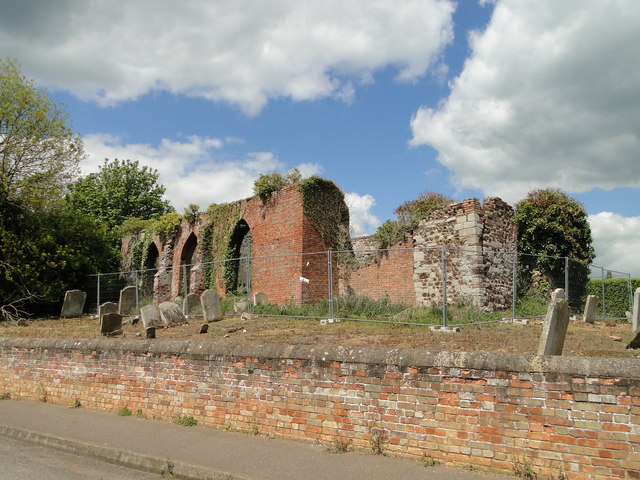
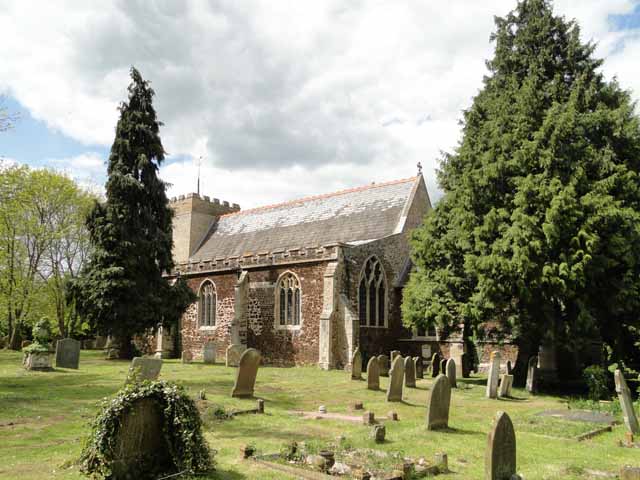
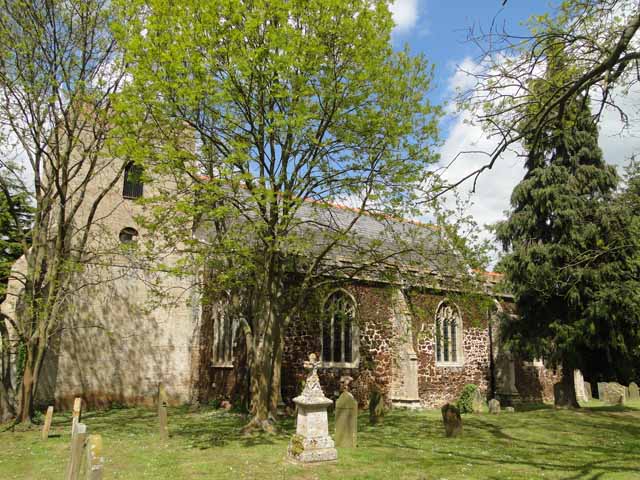
Old Roof Wood is located at Grid Ref: TL6296 (Lat: 52.543315, Lng: 0.3884266)
Administrative County: Norfolk
District: King's Lynn and West Norfolk
Police Authority: Norfolk
What 3 Words
///clings.curious.dignify. Near Southery, Norfolk
Related Wikis
Modeney Priory
Modeney Priory—also spelled Modney and Modeny—was a Benedictine priory in the civil parish of Hilgay, Norfolk, England. Located less than a mile east of...
Hilgay
Hilgay is a village and civil parish in Norfolk, England, 4 miles (6.4 km) from Downham Market. It covers an area of 33.38 km2 (12.89 sq mi) and had a...
Southery
Southery is a village and civil parish in Norfolk, England, which covers an area of 18.12 km2 (7.00 sq mi) and had a population of 1,324 at the 2011 Census...
1974 Norfolk mid-air collision
The 1974 Norfolk mid-air collision happened on 9 August 1974 at Fordham Fen, Norfolk, England when a Royal Air Force McDonnell-Douglas F-4M Phantom FGR...
Hilgay Heronry
Hilgay Heronry is a 1.8-hectare (4.4-acre) biological Site of Special Scientific Interest south of Downham Market in Norfolk.This small wood has a nationally...
St Mary's Church, Fordham
St Mary's Church is located to the south of the village of Fordham, Norfolk, England. It is a redundant Anglican parish church in the care of the Friends...
Fordham, Norfolk
Fordham is a small village and civil parish in the English county of Norfolk. The village is located 2.2 miles (3.5 km) north of Downham Market and 39...
Hilgay railway station
Hilgay railway station was a station in Hilgay, Norfolk, United Kingdom which is now closed. It was on the Fen Line between King's Lynn and Cambridge....
Nearby Amenities
Located within 500m of 52.543315,0.3884266Have you been to Old Roof Wood?
Leave your review of Old Roof Wood below (or comments, questions and feedback).
